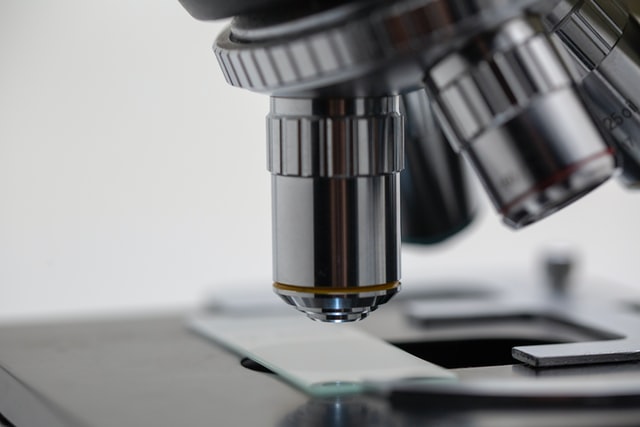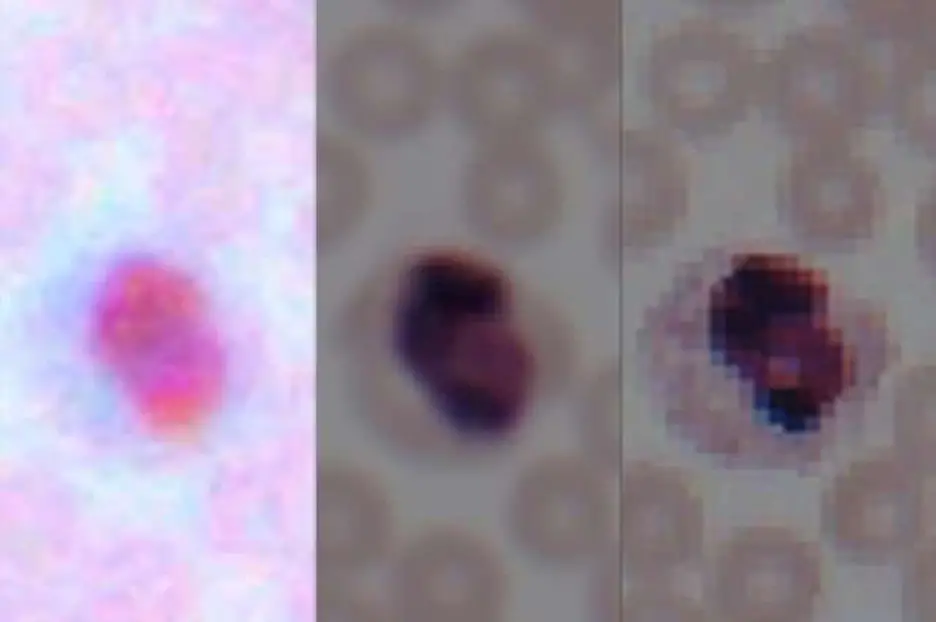How Mobile Technology Advances Microscopy
The microscope is one of the oldest scientific instruments in the world. There have been plenty of developments that the microscope underwent throughout the years. And many variations were created aside from the original apparatus.
Now, microscopes can be powerful and scientific, or more accessible and pocket size. There are USB microscopes and even mobile phones that can be used hand in hand with microscopy.
In this article, how mobile technology advances microscopy will be discussed.
History of the Microscope
Its life started, according to Greek accounts, from water-filled spheres. In the 13th century, the use of what we now know today as magnifying glasses began to rise.
Yet, it wasn’t until 1620 when something that resembles the microscope that we have today was made. The actual inventor remains unknown even today. Several claims have been made revolving around Netherlands’ spectacle-making centers. It is said to have been invented in 1950 by Zacharias Janssen or Hans Martens, Zacharias’ father. Others say the microscope was invented by Hans Lippershey or Cornelis Drebbel. They claim to have had a version in London in 1619.
What's up with Mobile Phones?
Mobile phones are becoming more relevant in the scientific industry. Many laboratories are already equipped with mobile devices and gadgets.
The use of optical imaging for medical and scientific purposes needs accurate measurements. Object size, color, and brightness are relevant for quality research. Modern phone cameras have high pixel densities. If tweaked correctly, they can be used in microscopy.
A study from 2018 used Deep Learning to enhance microscopic details from smartphones. Its results approached the image quality taken by laboratory-grade microscopes.
What’s more?
Microscopy-enabled mobiles have also been used in a variety of situations. Smartphones have been used to diagnose Malaria, tracking sperms, and assessing water quality.
Now, what does this mean?
With the right additions and improvisations, mobile phones can become a powerful tool. Their use can advance microscopy.
How Mobile Phones Advances Microscopy
High pixel density cameras on modern mobile phones have made photography simple. This is useful for the ordinary consumer without a hint of photographic training.
Cameras on smartphones photograph people and scenery. But they can be used to create high-resolution microscopic images, as well.
Smartphone cameras can be used in regions with less advanced scientific apparatus. Given that mobile phones are cheap, plenty, and easy to use, they might just be the right tool.
There are people living in regions without advanced medical equipment. Smartphones could make high-quality medical diagnosis available to them.
Enter Deep Learning
UCLA Henry Samueli School of Engineering researchers have developed “deep learning”. Artificial intelligence can enhance photos taken by smartphones at a microscopic level. It can drastically improve the resolution and colors of smartphone images. The photos can approach those taken by a laboratory-grade microscope.
“Using deep learning, we set out to bridge the gap in image quality between inexpensive mobile phone-based microscopes and gold-standard bench-top microscopes that use high-end lenses,” said Audogan Ozcan, one of the leaders of the research.
“We believe that our approach is broadly applicable to other low-cost microscopy systems that use, for example, inexpensive lenses or cameras, and could facilitate the replacement of high-end bench-top microscopes with cost-effective mobile alternatives.”
First, they took photos of lung tissue samples, blood and Pap smears using a standard lab-grade microscope. Then they did the same with a smartphone with a microscope attachment.
No attachment can compensate for the quality difference between a smartphone and lab-grade equipment. They use AI to produce the resolution and details needed for laboratory analysis.
Why Mobile Phones are the Key
Smartphones could never replace sophisticated laboratory microscopes. Yet, they can be good enough to make learning and diagnosing more accessible. Especially where technology and economy prevent professionals from acquiring and using advanced devices.
Mobile phones have another advantage. They enable image-based diagnosis without requiring one to be inside a traditional clinic.
Here are some key pointers why mobiles advance microscopy:
Convenience
One of the best traits of a mobile phone is that anyone can use it. Considering this, smartphones can be introduced to underprivileged clinics and laboratories. They wouldn't have to learn how to use an advanced clinical microscope.
It is also much easier to carry, maintain, and operate. This makes it perfect for clinical missions to far-off regions all over the world.
This means that there would be more people capable of researching. Without the need for a sophisticated microscope, more discoveries could be made worldwide.
All it needs is just a simple attachment which can be 3D printed and mass-produced in no time for the cheap price of $100.
Affordability
Mobile phones are cheaper than conventional and sophisticated laboratory-grade microscopes. A good microscope usually costs about $1000 more or less. Whereas one can get phones with good camera sensors and optics for half the price or even a quarter of the price. You can find out more from joyofandroid.com on price-lists and other updates on the industry.
This is also the whole point of why mobile phones are being tested to be used for microscopy. Mobile phones are cost-effective utilities that can be used in various ways. They can be used for looking at specimens and even taking photos of them using its built-in camera.
Thus, this is a very good point to consider why mobile phones advance microscopy.
Abundance
It is a given fact that almost everyone has access to mobile phones all over the world. Almost every country, except North Korea, has stores that sell mobile phones to the common man. And these include good high-quality phones which could be used for microscopy.
Mobile phones are never meant to replace microscopes. They are a temporary fix, especially to far-flung areas. There, the constant moving around of a delicate microscope could jeopardize its effectiveness. And replacements are hard to come by.
In contrast, everyone has a phone. If one breaks, a researcher can borrow one from his colleague and the work will continue to flow.
Customizability
This a checkbox that mobile phones easily tick. Countless accessories or apps can help you customize a mobile phone. No matter the operating system, there will be an add-on that can help you achieve your goal.
For example, there are tons of apps that you can use to edit pictures. So if you need to modify or enhance your research results, you can do it on your mobile phone.
This makes your mobile phone a powerful tool for your research. Take microscopic details with your smartphone, with the add-on. Then modify your results with a photo editor app so that you can analyze them better.
Of course, the quality of the images won’t be the same as it would be with a professional computer. But, weighing the pros and cons, you should give your mobile phone a try.
So Do Mobile Phones Advance Microscopy?
The answer is yes, but some compromises have to be made. The quality of your results will be lower if you use a mobile phone. However, there are also many advantages.
Smartphones are way more affordable than professional equipment. They’re also way more portable, customizable, and widely available.
So, in short, there are cases where the microscopic details don’t have to be of the most advanced quality. There you can do so much more with your humble smartphone—no matter where you are.
Return to learning about the iPhone-Microscope
Return from How Mobile Technology Advances Microscopy to MicroscopeMaster home
Find out how to advertise on MicroscopeMaster!






